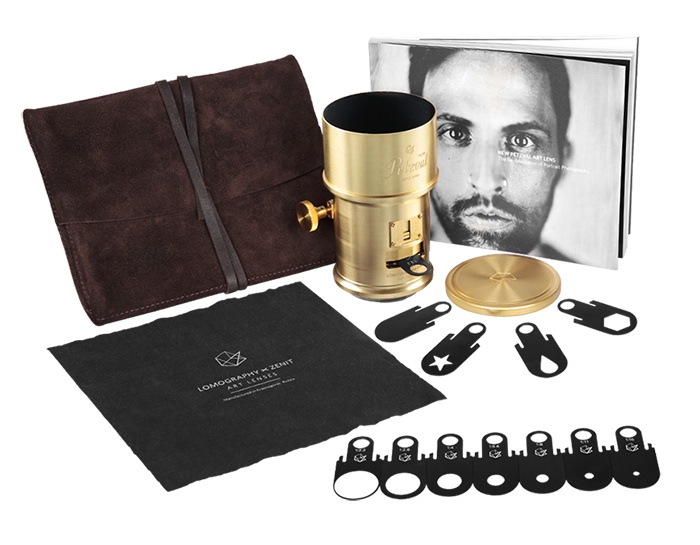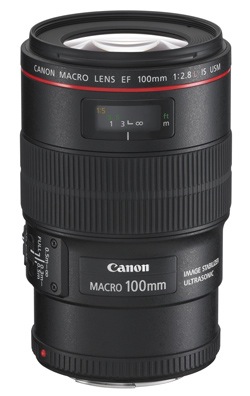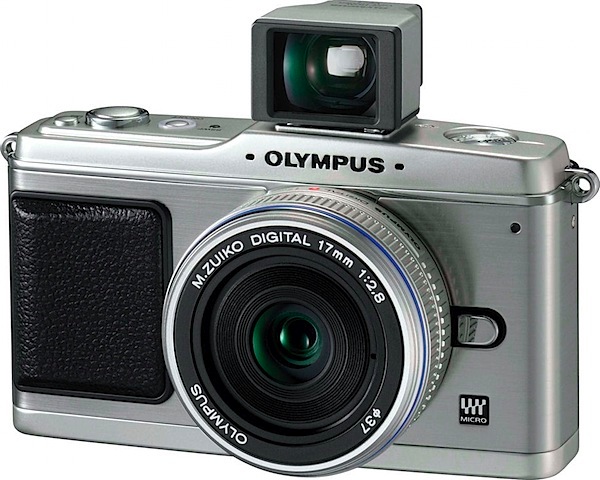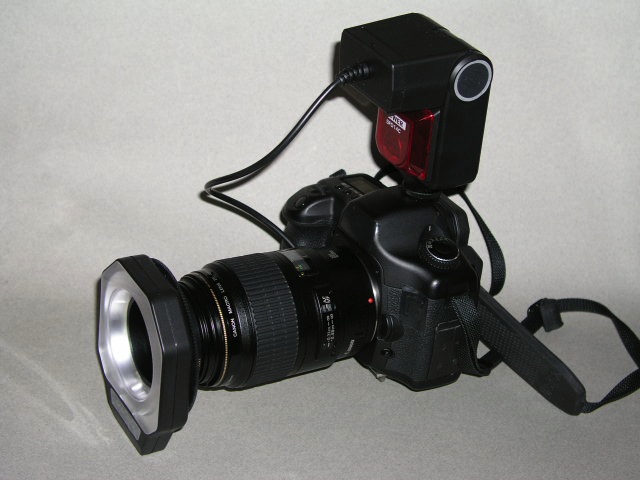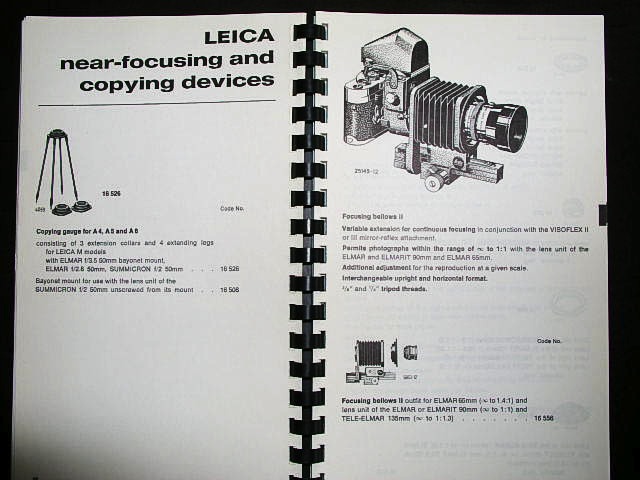Exceptional and cheap.
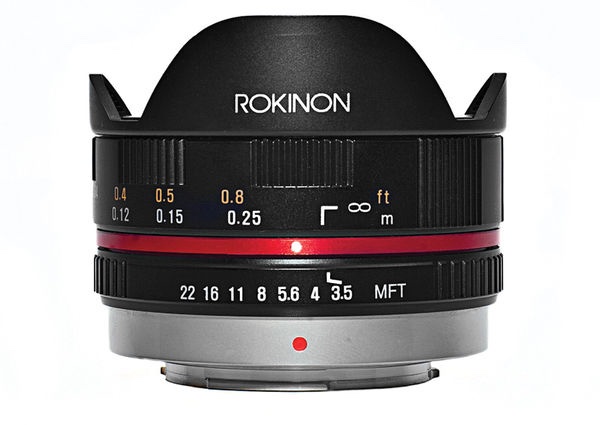
The Rokinon 7.5mm fisheye for MFT. Click the image to go to Amazon.
Garden cranes at sunset. There are no halos from the sun. Uncorrected original at f/8.
Corrected in Fisheye-Hemi from Imaudio. Graded darkening of the sky added in LR.
At $218 the Rokinon MFT fisheye lens costs less than a third of its Panasonic counterpart; it sacrifices AF and full EXIF data for truly outstanding all metal construction and resolution to die for. I have not tested the Panny FE but reviews disclose that the Rokinon is a far better optic. The 7.5mm fisheye is the only true MFT lens listed by Rokinon on its USA site; all others are either APS-C or full frame adapted to the Panny/Oly MFT bayonet mount and are, accordingly, huge and out of proportion on an MFT body.
I have no interest in the gimmickry of fisheye perspective but I am very interested in having an ultrawide prime. I first experimented with de-fishing images from my Canon FF fisheye here, concluding that defished images were almost as sharp as those from a very costly Canon 14mm prime and came in at 12mm effective focal length. That’s considerably wider.
While there are many fisheye profiles to be found in Lightroom, none does a great job and there is not one tailored to this lens. Some fishing around (sorry!) on the web disclosed that there was an outstanding plugin for LR from Imaudio for $30 and after testing the trial version, which watermarks the processed image, I sprung for it. There is no loss of edge definition unlike with the stock LR profiles and the image is considerably wider, less being lost. Look carefully at the above images and you will see that content loss really is negligible.
In keeping with the MFT aesthetic, the lens is tiny, unlike your FF or APS-C fisheye with an adapter.
Manual focusing:
The Rokinon is a manual focus optic. However the great depth of field means that careful focusing is really only needed at close distances and large apertures. Otherwise at, say, f/8 (the aperture ring has half click-stops except between f/16 and f/22) the focus is set at the hyperfocal distance (just short of infinity, like in the first image above) and you bang away, happy as a clam. When careful manual focus is required, using the relatively stiff focus collar, Panny MFT cameras come with the best focus aid in the business. Having first set ‘Shoot w/o lens’ on the last page of the third menu to ‘Yes’, allowing the lens to be recognized, you push the left quadrant rear button once, then the Set button. The center of the image is magnified allowing easy critical focus. On the GX7 you can vary the magnification using the knurled wheel around the shutter release button. I have mine set to maximum magnification.
When focused the group of lens elements extends within the confines of the petal, non-detachable lens hood. The total extension is around 1/8″. The rear glass moves forward a like amount suggesting that all the elements are being moved in unison during focusing. There is no way to attach filters and the deep, provided lens cap must be correctly oriented to clip on and lock in place. In practice the lens hood’s petals do a fine job of protecting the front glass. A rear lens cap is also provided and fits well.
The same lens appears to be marketed under a variety of brand names, including Bower and Samyang. Buy the cheapest. I much prefer chrome finish lenses and the Rokinon comes in a chrome variant; however, I have read that the chromed focus ring is plastic whereas the black one is very much metal, so I opted for the latter. The weight is just 6.2 ozs (176 grams). As I stated above, it is tiny, easily accommodated in a trouser or jacket pocket.
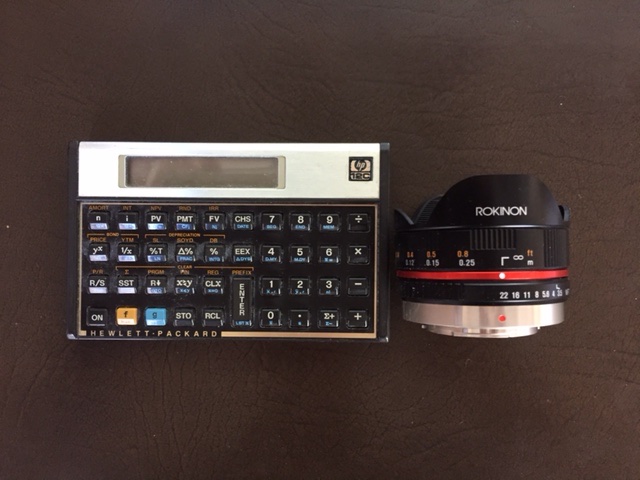
As I only ever use my GX7 bodies in aperture priority auto-exposure mode, correct exposure is guaranteed with the Rokinon, despite the absence of any communication mechanism between lens and body. Of course, one of the most appealing bits of magic of the MFT format comes into play here: as the aperture is changed the finder image remains the same brightness, for the finder automatically adjusts to the change in aperture. The only variable which visibly changes is depth of field.
Along with the outstanding 12-35mm f/2.8 Panasonic pro zoom and the small GX7 Panny body the user has a full frame equivalent lens range of 12mm to 70mm. The size:performance equation here seems to be impossible to improve on.
More in Part II.
